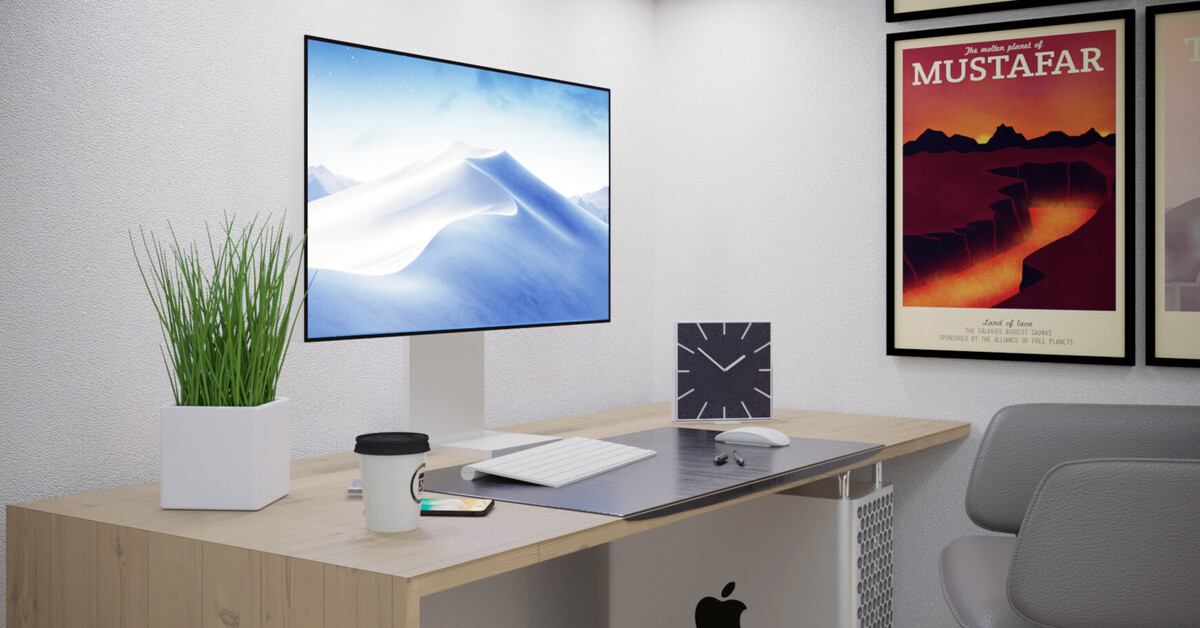
by Zovy Chong
- 部落格
Do body aches, sore eyes, and fatigue after sitting at your desk all day sound familiar to you? These are signs that your desk setup is not ergonomic which could not only affect your efficiency but also your health. But don’t worry, you can easily make a few adjustments to it. Here are 7 ways you can optimize your work environment to achieve maximum productivity.
1. Chair Height
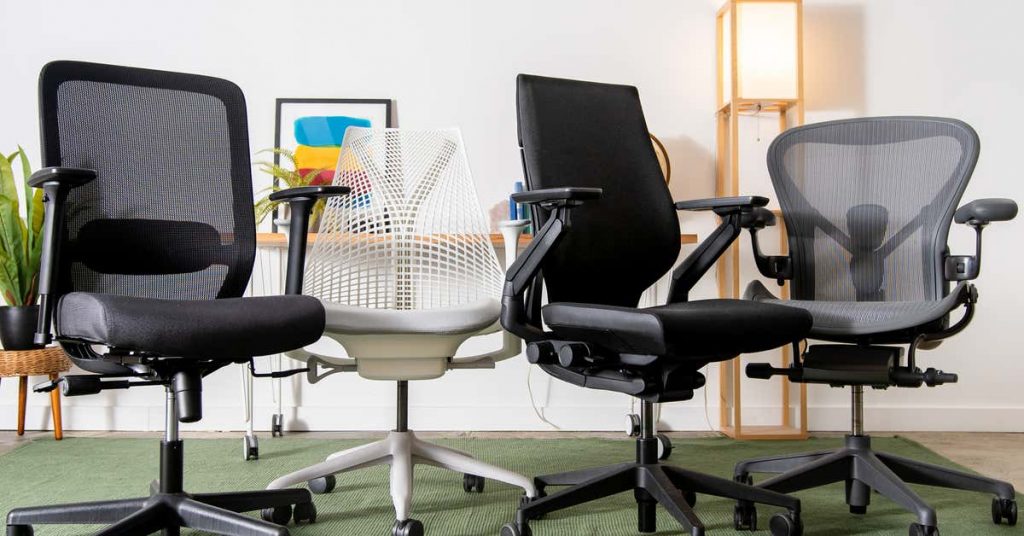
Your chair is one of, if not the most important piece of furniture in your workspace, especially because you sit in it for long periods at a time. A good and supportive seat will maximize your comfort and reduce your chances of backaches.
The ideal chair has a backing and adjustable height that allows your feet to be flat on the floor or a footrest. Your thighs should be parallel to the floor and your knees should form a 90-degree angle when sitting. Additional features such as armrests, reclining chairs, and different materials will be a plus since you can get a more customized fit to suit your preferences.
The way you sit is also very important because it can affect your blood circulation to your legs. Always remember to sit with your bottom to the very back of the seat and leave one fist’s worth of space between the edge of the seat and the back of your calves.
2. Desk Height
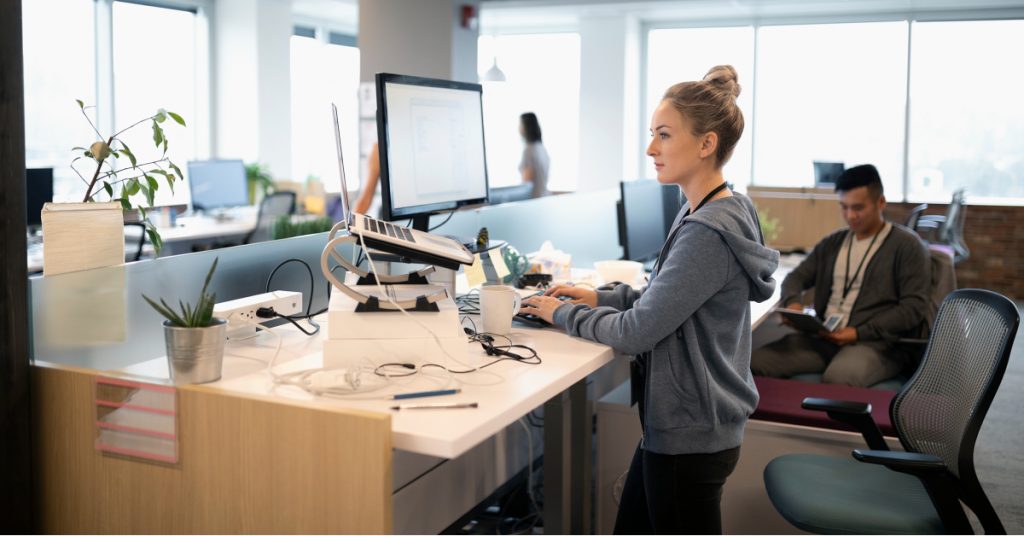
The perfect chair has to work hand-in-hand with the perfect desk. Your desk should allow your forearms to be parallel to the floor and form a 90-degree with your laptop.
If your current desk does not let you achieve this posture even after adjusting your chair height, some simple and cheap items you can consider buying is a keyboard tray, a footrest or risers.
Are you looking for a new desk? Invest in a standing one if you think you are sitting too long every day! But do note that standing all the time is as detrimental as sitting for long periods. The best practice is to switch between standing and sitting regularly.
3. Monitor Distance
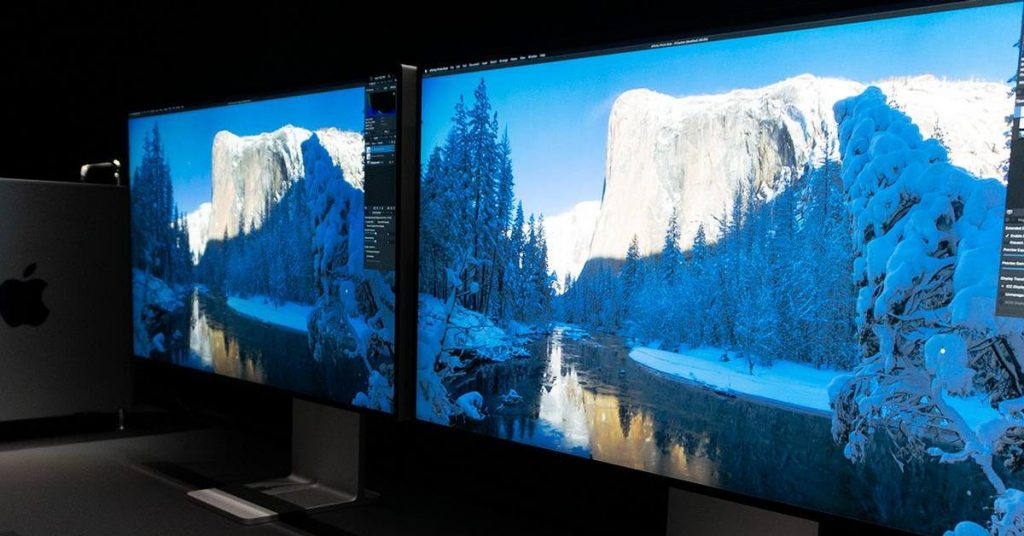
The placement of your monitor is important to avoid dry eyes, shoulder problems, etc. Keep your screen 50 to 100 centimetres in front of you and make sure the top of the screen is in line with your eye level. Do not tilt your screen more than 20 degrees and place it perpendicular to the windows to avoid the glare from the sunlight.
The bottom line is to ensure that you can read the screen without having to tilt your head or hunch forward.
4. Lighting

To prevent eye strain, match your screen brightness with your surroundings. If there is a lot of ambient light around you, increase your brightness, and vice versa.
5. Organized Desk
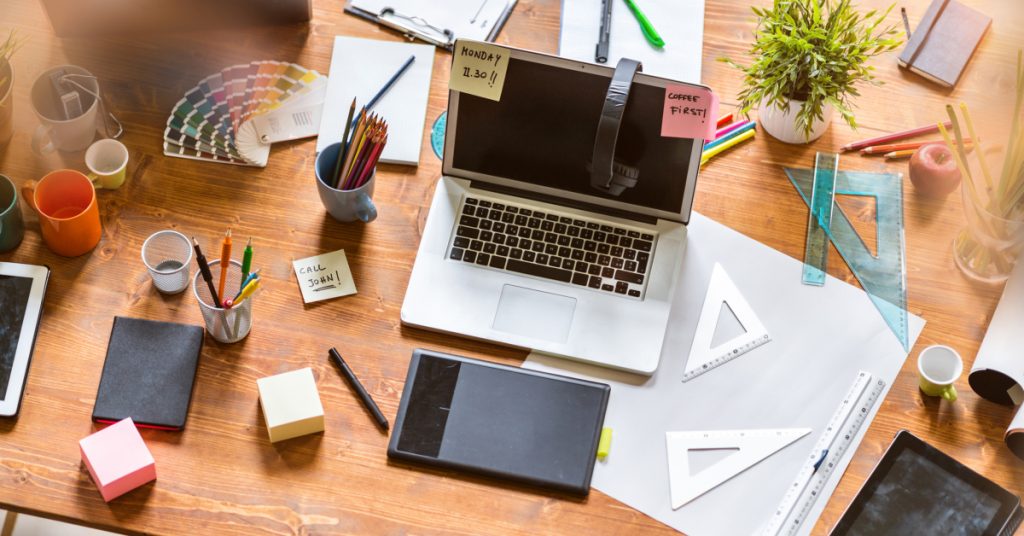
Keeping your workstation clean and organized is easier said than done. When you are so engrossed with work, you tend to block out your surroundings. You might not notice it, but the messier your work environment is, the more mental energy you will need to process the clutter.
Clean out your desk at the end of every day to avoid cognitive clutter. Only keep the things that you use daily on your table, everything else should be stored away in storage bins or cabinets.
6. Water Bottle

It is no surprise that drinking water is good for your health, but we easily sweep this under the rug when faced with work. Keep a water bottle (the bigger the better!) on your table as a reminder to stay hydrated whenever you feel thirsty.
7. Good Posture
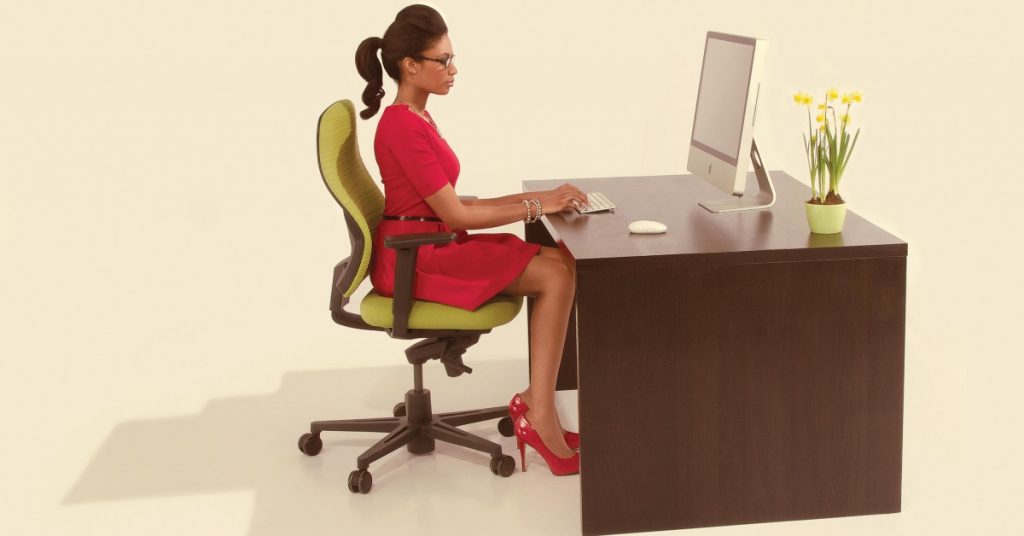
No matter how expensive and luxurious your work setup is, you will still experience body aches if you do not practice good posture. Remember to take frequent breaks, do some stretches, and sit up straight!
If you experience muscle aches due to poor sitting posture, keep a lookout for our newest HuoLuo Oil which will be launching very soon! It effectively relieves soreness with its unique formula and pleasant fragrance, allowing you to focus and work with maximum productivity. You can learn more about it here.
Article Sources:

